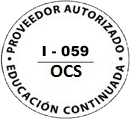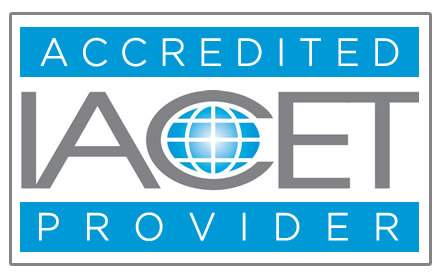Grounding System Theory and Practice
Description:
Grounding System Theory and Practice provides an introduction to grounding system design. Underground-fault conditions, the flow of current will result in voltage gradients within and around the substation, not only between structures and nearby earth, but also along the ground surface. In a properly designed system, this gradient should not exceed the limits that can be tolerated by the human body.
The purpose of a ground mat study is to provide for the safety and well-being of anyone that can be exposed to the potential differences that can exist in a station during a severe fault. The general requirements for industrial power system grounding are similar to those of utility systems under similar service conditions. The differences arise from the specific requirements of the manufacturing or process operations.
This course is suitable for electrical engineers with a desire to understand the fundamentals of grounding practices and safety issues related to grounding design. Upon successful completion, engineers will be able to address various grounding problems, understand how grounding systems are modelled and how step and touch voltages are calculated.
Description:
Grounding System Theory and Practice provides an introduction to grounding system design. Underground-fault conditions, the flow of current will result in voltage gradients within and around the substation, not only between structures and nearby earth, but also along the ground surface. In a properly designed system, this gradient should not exceed the limits that can be tolerated by the human body.
The purpose of a ground mat study is to provide for the safety and well-being of anyone that can be exposed to the potential differences that can exist in a station during a severe fault. The general requirements for industrial power system grounding are similar to those of utility systems under similar service conditions. The differences arise from the specific requirements of the manufacturing or process operations.
This course is suitable for electrical engineers with a desire to understand the fundamentals of grounding practices and safety issues related to grounding design. Upon successful completion, engineers will be able to address various grounding problems, understand how grounding systems are modelled and how step and touch voltages are calculated.
| Learning Objectives | This continuing education course is intended to provide you with the following specific knowledge and skills:
|
|---|---|
| Contact Hours | 4 Horas |
| CIAPR courses | CURSO TECHNICO |
| Instructor | Velimir |
| Devices | Desktop, Tablet, Mobile |
| Language | English |

SLSTECH PROVEEDOR I-059
IACET ACCREDITED PROVIDER
|
Self Learning Solutions LLC is a company with more than 14 years of experience in this market. At Self Learning Solutions we are proud to have obtained the IACET accreditation for our organization, along with the approvals necessary to market our products throughout the United States. Self Learning Solutions is accredited by the International Association for Continuing Education and Training (IACET). Self Learning Solutions complies with the ANSI / IACET standard, which is recognized internationally as a standard of excellence in instructional practices. As a result of this accreditation, Self Learning Solutions is accredited to issue the CEU IACET. |
SLSTECH System Requirements
To run our system effectively you should, as a minimum, use the system components listed on this page. If you do not, the system may still work but some functionality may be lost. Workplace IT environments' internal configurations can also restrict the functionality of our system. Access to content may be affected, as may the possibility of uploading files. File size limitations may also apply. Workplaces may also have older versions of software, and our system may not perform well with these.
Operating system
-
Recommended: Windows 7, 10, Mac OSX Sierra, iPad IOS10
Internet speed
-
Use a broadband connection (256 Kbit/sec or faster—this will ensure that you can view videos and online presentations) through USB wireless modem, ADSL, T1/T2, fibre optic or cable.
-
Dial-up access will be significantly slower, and we do not recommend it for using our system.
Internet browsers
Compatible browsers include:
-
Google Chrome 32 bit version 50 or later (recommended for optimal compatibility, this has been thoroughly tested on Windows)
Safari 10 or later (recommended for optimal compatibility, this has been thoroughly tested on Mac)
Note that add-ons and toolbars can affect any browser's performance.
-
MS Internet Explorer is not recommended
Settings
We recommend that the following be enabled:
-
Cookies
-
Pop-ups (in both Internet browser and security software)
-
Javascript
-
We recommend that you use the latest version of Adobe Flash Player.
Software
-
We recommend that you use the latest version of Adobe Acrobat Reader.
-
To view all the resources uploaded to Hazmat Authority, you will probably need to have Microsoft Office (Word, Excel, PowerPoint) or an equivalent (e.g. Open Office, Viewer) installed.
Security
With all firewalls, ensure that you enable uploading of files.






Validate your login
Sign In
Create New Account